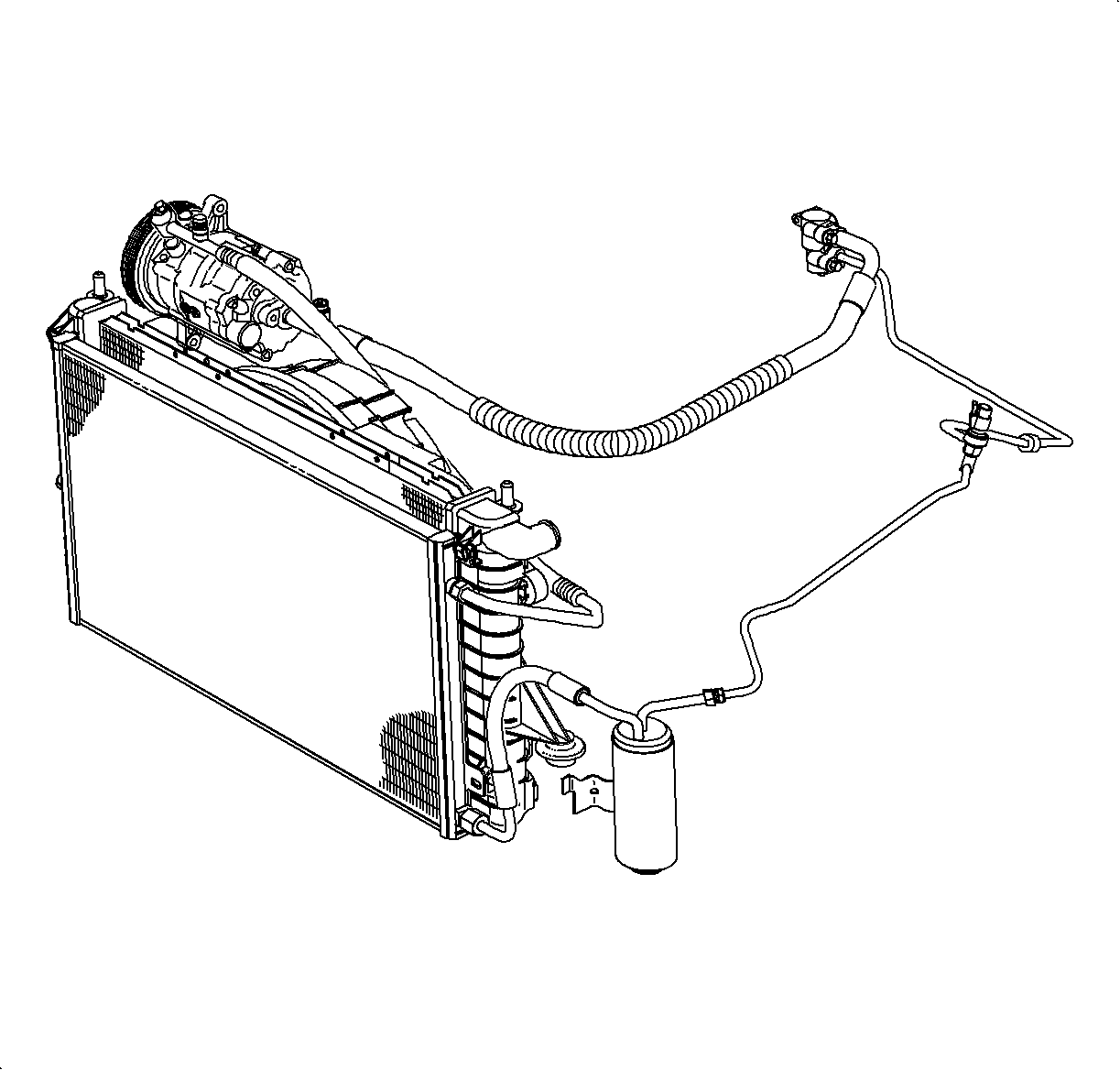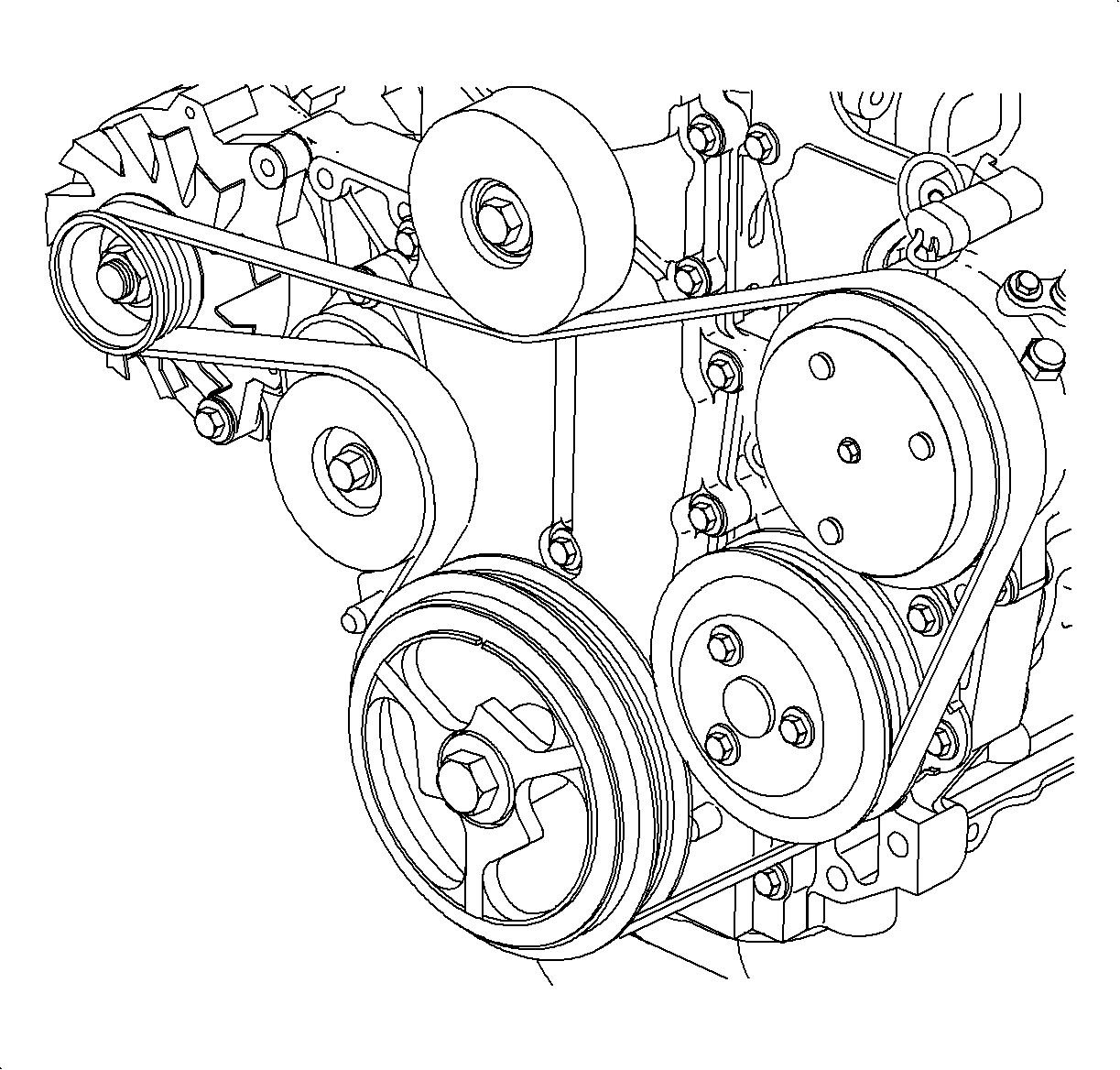For 1990-2009 cars only
Most A/C system problems can be detected by a thorough visual and physical inspection of the system and its components.

- Check the air inlet duct, lower air deflector, condenser to radiator seal, and rear hood seal for missing or damaged parts.
- Check the outer surfaces of the radiator and condenser cores, to be sure the air flow is not blocked by dirt, leaves, or other foreign material.
- Check for kinks in the hoses and lines. Also check for refrigerant leaks using an electronic leak detector.
- Check for a worn/loose drive belt or malfunctioning belt tensioner.
- Check the blower motor operation at all four speeds.
- With the blower on high, check for equal distribution of air out of all the outlets.
- Check the operation of the control mode knob and the distribution of air from the designated outlets.
- Depress the recirc button with the blower on high. A noticeable increase in air flow and sound should occur. The indicator should light. The recirc function will not work if it is in the defrost position.
- Start the engine and run until it is up to operating temperature.
- Check the operation of the temperature control knob and the air outlet temperature from hot to cold.
- Depress the A/C button. The indicator should light. Check the compressor for clutch engagement, slippage, or noise.
- Check the electric cooling fan operation with the A/C On.
- Turn off the A/C. The compressor clutch should disengage.
- If any problem is found in any of the previous steps, go to the complaint condition cause charts.
Important: The importance of this check cannot be stressed enough because proper heating and cooling depends upon adequate front air flow.



